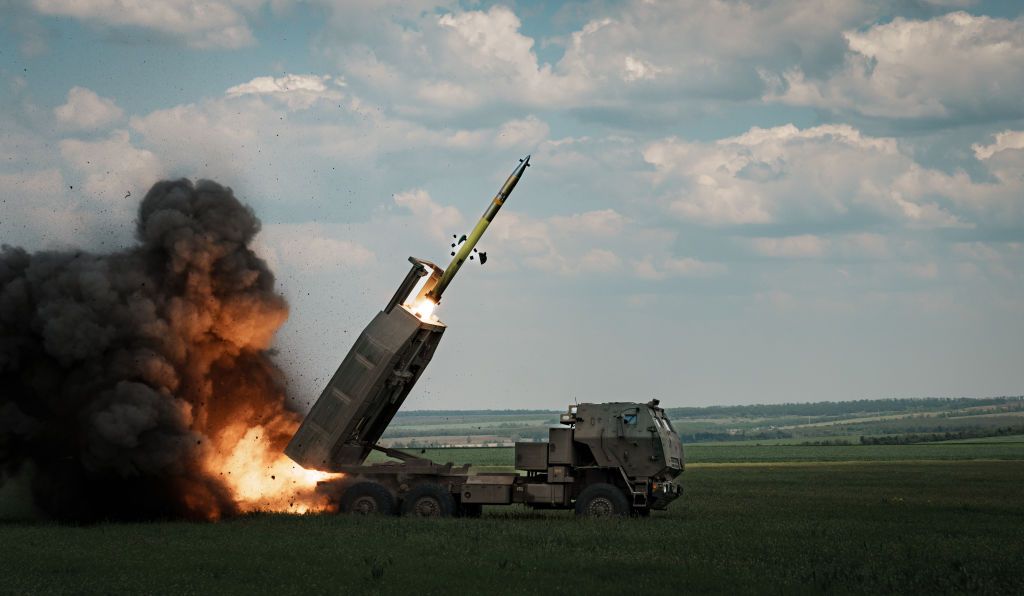Austin: Too early to see effects of US aid on Ukraine's front lines

It is still "very early on" to see improvements on Ukraine's front lines after the new batch of U.S. weapons started flowing to Ukraine, U.S. Defense Secretary Lloyd Austin told senators on May 8.
The U.S. passed the long-awaited $61 billion foreign aid package in April after six months of political infighting and delays.
The following day, the Pentagon announced that it was ready to move forward with sending $1 billion worth of weapons to Kyiv from U.S. stockpiles, including ammunition for HIMARS, 155 mm artillery shells, air defense interceptors, and armored vehicles.
This became the first official defense package for Ukraine under the signed aid bill. The most recent package prior to this latest round of aid was worth $300 million and was announced by Washington on March 12.
"(It) takes time to get some of these capabilities in," Austin told the Senate Appropriations Subcommittee on Defense.
While waiting for the approval of the bill, the Pentagon prepared in advance some critically needed items "like air defense interceptors and artillery munitions so that if it were approved, we would be able to rapidly move those things in support of Ukraine. And we are doing that," he added.
The Pentagon chief said that he discusses weekly "the most critical needs" for Ukraine with Defense Minister Rustem Umerov.

"It is hard to buy back time. But... I think that without this help, Ukraine would have a very tough time defending against the superior force," Austin added.
"At some point, Russia suffered significant losses due to the actions taken by Ukraine and its Armed Forces. They inflicted significant losses on Russian forces, destroyed a large amount of their equipment."
Russia has taken advantage of Ukraine's growing battlefield ammunition shortages, taking the eastern city of Avdiivka in February. Subsequently, Moscow shifted its focus toward Chasiv Yar, an elevated town that potentially opens the way to further advances into Donetsk Oblast.
Russian troops also continue to attack the Ukrainian energy infrastructure with missiles and drones.
Ukraine is facing a "new stage" in the full-scale war as Russia is preparing to expand its offensive, President Volodymyr Zelensky said on May 3.
Kyiv will look to launch a counteroffensive in 2025 with the support of the approved $61 billion aid package from Washington, as well as additional Western aid funding, U.S. National Security Adviser Jake Sullivan said.













